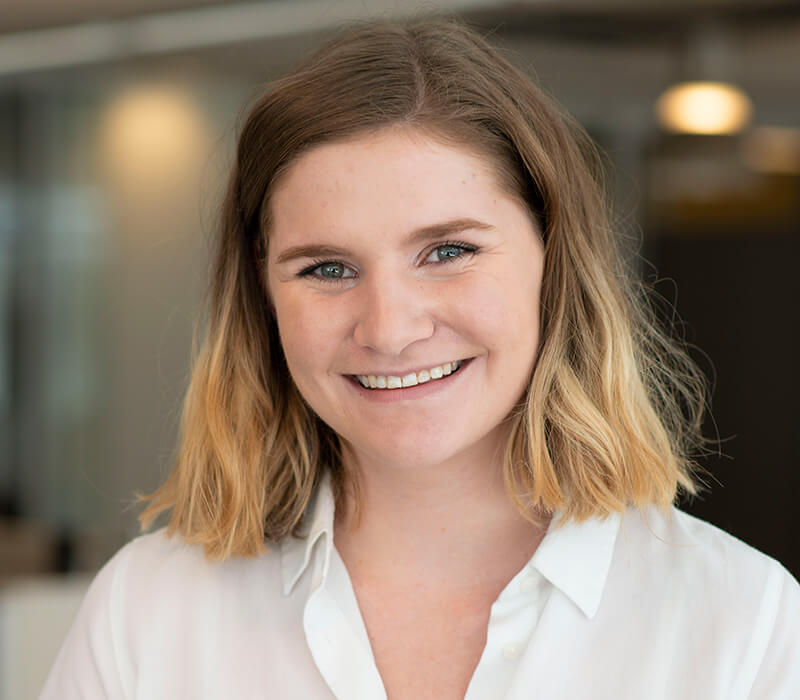Q: Tell me about how you got started in architecture, and CallisonRTKL specifically?
TT: I’ve always known that I wanted to be an architect. I went to school for design at USC and graduated in 1972, but soon realized that there wasn’t an abundance of design work in Los Angeles at that time. I was also interested in law, and soon found a program at UCLA that combined the urban design and law schools—which seemed like a great fit. Eventually, that program started to phase out the urban design aspect but, since there was still no work available, I decided to continue in the law program. Once I graduated, I went to pursue a second graduate degree at Harvard’s School of Design. While I was in school, I was simultaneously working for the Architect’s Collaborative in Cambridge. I stayed there for quite a while before moving on to various design firms in Boston. Eventually, I moved to Baltimore and joined CallisonRTKL (then RTKL) in 2009.
Q: How did you get involved with the AIA and the contract process?
TT: Back in 1989, I wrote a book called Understanding the Legal Aspects of Design/Build. That caught the eye of the Head of AIA Documents Program and he asked me to join the committee in 1999. Initially, I was assigned to a task group where I helped revise their set up for design-build documents—which was published in 2004. From there, I was asked to join the Management Committee of Documents. In January 2007, I became Chair of the AIA Documents Committee. After stepping back from being Chair, I was on several various task groups– including integrative project delivery documents. The AIA Documents Committee then went into overdrive to conceptualize and draft those documents.
Since retiring from my position (after an eleven-year tenure), I’ve been a liaison with the Documents Committee. So, I help review and comment upon the documents and provide my input or suggestions. There’s a very broad-based effort to get these documents to reflect the industry—we can’t please everybody all the time, but we wanted to be fair and balanced in the development of their documents.
Q: What moment in your career has been most memorable for you?
TT: I’ll never forget how helpful my colleagues at CallisonRTKL were during my fellowship at AIA. I had been nominated by my local Boston chapter, but I never followed through on it before my coworkers suggested I apply. They helped me review my materials and offered their guidance and suggestion. The final fellowship investiture was at the National Cathedral in DC, so we were just navigating this huge gothic maze in our long velvet robes. I got the opportunity to discuss AIA design-build documents with a lot of big names in the industry and share our respective views. It was certainly a memorable experience.
Q: What about the future of architecture excites you most?
TT: I co-teach a course at the Harvard Graduate School of Design, and I’ve noticed a lot of discussion around the role that architecture plays in society lately– especially in terms of systematic racism. We’re asking ourselves: have we been unwittingly contributing to these inequalities through our work? What role does our profession play in ameliorating larger societal issues? I think that’s what excites me most—seeing how architecture will evolve alongside our culture in order to make the world a better place.

Tim Twomey: As an architect and attorney, Tim Twomey’s lifetime of work touches virtually every professional architect in the United States. This impact stems from his passionate pursuit of defining alternative methods of project delivery and his development of clear, standard contracts that are now considered to be the essential legal underpinnings of nearly every architectural agreement in the country. Tim is also dedicated to educating and promoting the next generation of architects, authoring articles and textbooks and fostering his commitment to teaching and mentorship.
 Clare Sausen
Clare Sausen